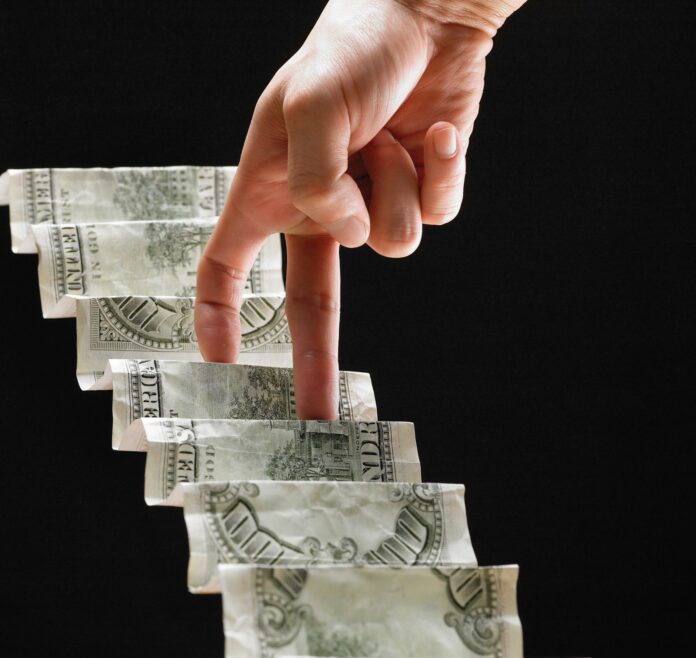By Bella DeVaan
It’s high giving season in America. From Angel Trees and red buckets to year-end appeals, nonprofits and charities receive more donations during the five week holiday stretch than any other on the calendar.
Millions of people whose incomes are too low to take advantage of charitable tax deductions are still moved by the holiday spirit to give generously.
For Americans with enough income to itemize — less than 10 percent of the country’s population — the tax benefits of giving to charity can encourage generosity. For over a century, our country has used tax deductions to publicly subsidize charitable donations because of the promise that they can help fund a better world. Yet there’s a pernicious trend in year-end giving: It’s more and more dominated by the extremely wealthy.
The share of regular people giving to charity has decreased, slipping below 50 percent of households for the first time in 2018. The share of how much regular people give to charity consistently hovers around 2 percent of annual disposable income.
Meanwhile, mega-philanthropy has been increasing — even as these mega-philanthropists keep getting richer. This gargantuan giving might sound like good news. But the rise of “top-heavy philanthropy” correlates with a decline in household buying power and a staggering increase in inequality.
The extremely wealthy don’t give the way regular people do.
You might donate directly to a local food bank, the Red Cross, or another charity that directly serves people in need. But the very richest are more likely to give first to intermediaries whose charitable impact is a lot murkier.
At this point, 41 cents of every dollar donated to charity — over $130 billion in 2022 — flows into private foundations and donor-advised funds, known as charitable intermediaries. The donors can take a big tax break immediately, while those intermediaries promise to distribute the donations to working charities in the future.
Private foundations are required to disburse just 5 percent of their assets each year — and donor-advised funds face no payout or transparency requirements.
This creates a massive lag in money reaching organizations with urgent needs.
That means we’re losing out on tax dollars that might support schools, jobs, public programs, or the environment for “charitable” contributions that could sit warehoused in private foundations or donor advised funds for years. My colleagues and I at the Institute for Policy Studies estimate that the costs in tax revenue likely add up to several hundreds of billions of dollars each year.
In other words: The average taxpayer’s holiday generosity extends, unwittingly, to subsidizing the ultra-wealthy.
Many American workers — including firefighters, teachers, and nurses — already pay a higher tax rate than American billionaires. They take home less income in a year, too, than average CEOs of large companies make in a few hours. The idea of these workers subsidizing billionaire philanthropy — which may or not support real charities, and certainly not at an acceptable pace — feels wrong.
This holiday season, we should demand a world in which we all get to define our common good — where the wealthiest cede power to the charities, causes, and people who they claim to support and who enabled their success in the first place.
That means restructuring philanthropy so those foundations and DAFs have to quickly distribute funds to urgent causes. It also means making our tax code fairer and funding public investments so fewer Americans need to rely on charity in the first place.
Let’s kick billionaires off the nice list.













